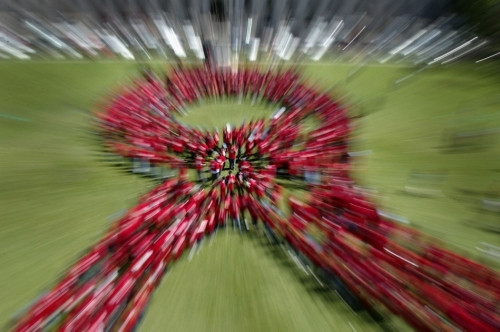HIV Eliminated from Human Cells 'An Important Step in Path to Permanent Cure'

The HIV-1 virus has been removed from human cells for the first time, paving the way for a potential cure for the disease.
Scientists from Temple University School of Medicine in Philadelphia successfully eliminated the virus from cultured human cells by using a combination of a "DNA-snipping enzyme" called nuclease and a strand of biological molecules that hunts down the viral genome and remove it.
Kamel Khalili, one of the study authors, said: "This is one important step on the path toward a permanent cure for AIDS. It's an exciting discovery, but it's not yet ready to go into the clinic. It's a proof of concept that we're moving in the right direction."
Published in the Proceedings of the National Academy of Sciences, the scientists said that after the HIV virus was removed, the cells are repaired virus-free.
"Since HIV-1 is never cleared by the immune system, removal of the virus is required in order to cure the disease," Khalili said.
While antiretroviral therapy allows people with HIV to control the virus, there are still health consequences, including weakened heart muscle, bone disease, kidney disease and neurocognitive disorders.
The researchers targeted T-cells and monoytic – both of which are involved in the immune system: "T-cells and monocytic cells are the main cell types infected by HIV-1, so they are the most important targets for this technology," Khalili explained.
The system developed targets the control region of the gene, snipping out the nucleotides that have the HIV-1 genome.
Researchers said that while their discovery was a step forward, there were a number of problems they had to overcome before trialling the therapy on patients. They have to work out how to deliver the method to every infected cell, as well as individualising it to meet every patient's unique viral sequences.
Khalili said: "We are working on a number of strategies so we can take the construct into preclinical studies We want to eradicate every single copy of HIV-1 from the patient. That will cure AIDS. I think this technology is the way we can do it."
© Copyright IBTimes 2025. All rights reserved.






















